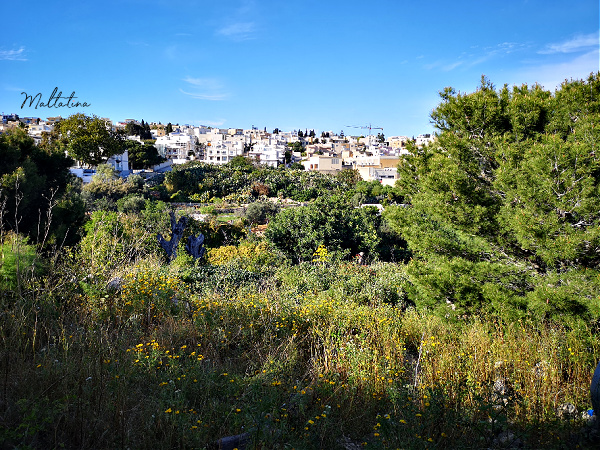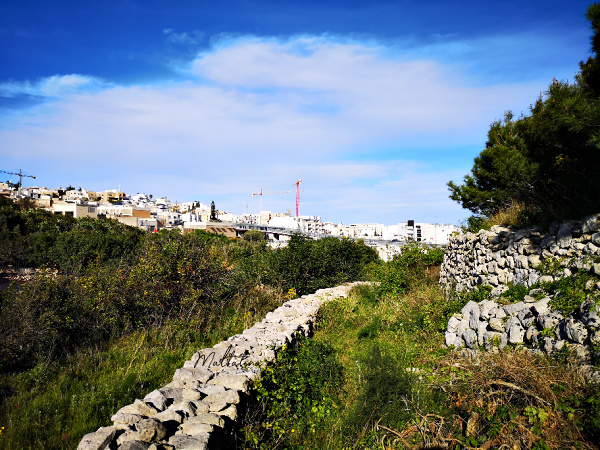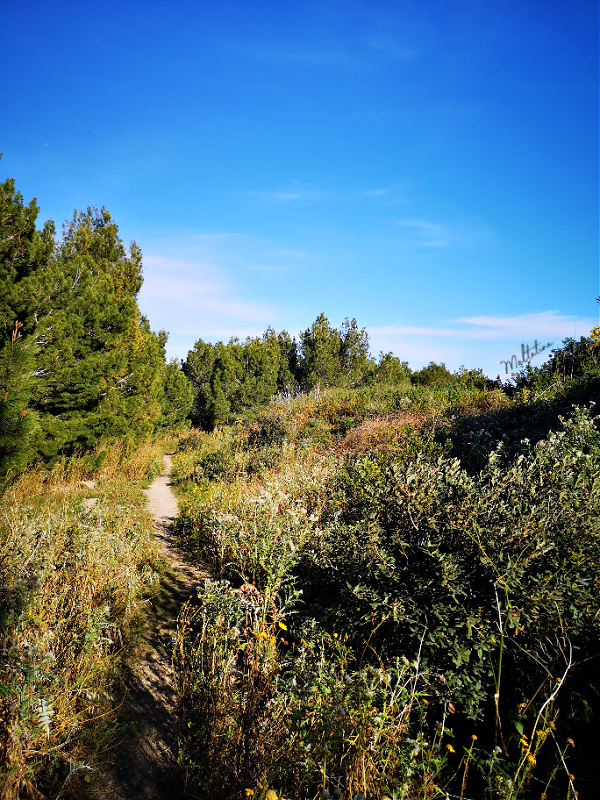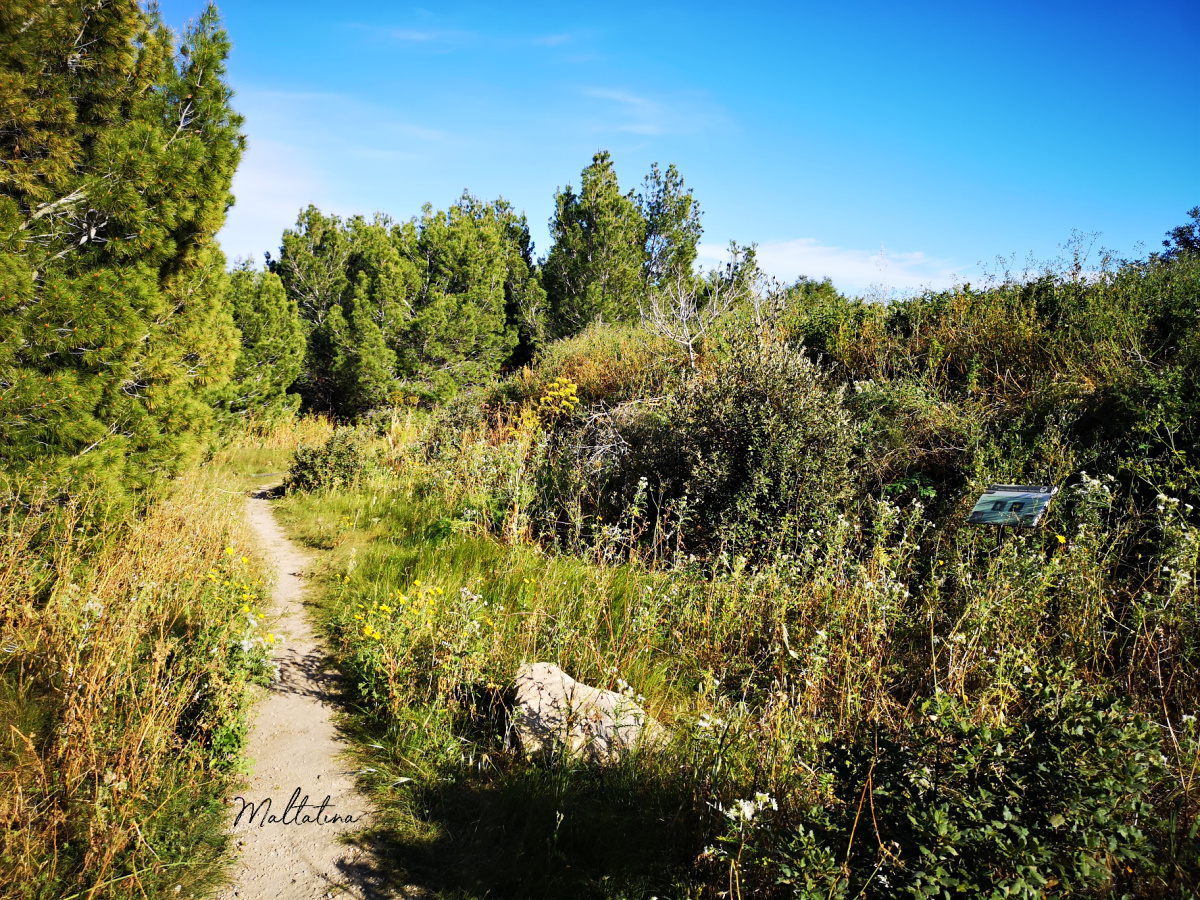Wied Ghollieqa Nature Reserve
Wied Ghollieqa is situated right in between Kappara and the University of Malta. Green oasis surrounded by highly urbanised area. It hasn’t been studied much in the past and its first reference by Briffa & Lanfranco is from 1986.
In the 1990s there was a development proposal to expand the University of Malta into Wied Ghollieqa. Unfortunately despite many opposing environmental groups and residents living closed by, the proposed car park was built and many old trees were uprooted and fertile soiled carted away or dumped.

Luckily the further plans to develop the engineering department and science park were shelved and on the 1st January 1994 Wied Ghollieqa was declared a Bird Sanctuary.
In1997, parts of Wied Għollieqa were also declared as a Level 2 Area of Ecological Importance (AEI) and a Level 1 Site of Scientific Importance. In 2001, Wied Għollieqa was designated as a Tree Reserve/Nature Reserve and in 2003 as a Special Area of Conservation.

It’s also worth to note that Wied Ghollieqa houses the largest population of the national tree in the Maltese Islands. The valley is also a sanctuary for many migrating species as well as breeding species of birds.
One would like to also visit Wied Ghollieqa after days of large amounts of rainfall. These are very common during the winter months and result in a freshwater stream running down though the valley.

There are three entrance points that I’m aware of. One is from the Kappara side, about 150m up the road from Urban Valley Resort & Spa. The other two are from the University side, one entrance is located at car park 1, and the second one is located on the ‘ring road’ right opposite the engineering department. Both are marked with an information boards.

When you cross from the Kappara entrance to the Univeristy car park 1 entrance, this side of the reserve is quite small, but it’s very picturesque thanks to the wooden bridge and pathway. The entrance to the most accessible part of the reserve, including many information boards, is the one opposite the engineering department.

Not knowing where to go or which direction to take, we decided to enter from the Kappara side. I’m not sure if general public can actually park at the University car park, but I don’t think so.
We entered from Kappara side, walked down the path and after we crossed over the bridge we turned left straight away. There was a path, but quickly we ended up surrounded by overgrown vegetation and one had to really look carefully to find anything that would look like a pathway.

I visited with my partner and 2 year old son and we ended up carrying him most of the time as this part of the reserve is not maintained and the vegetation was way too high for him. But to be fair, we don’t mind a challenge and discovering new places so apart from the extra carrying we had fun ‘elbowing our way’ through the bushes.



Yes, sometimes it seems like this nature reserve has been forgotten and it desires a good investment. The paths need maintaining and route markings, but there is something wonderful about wild nature. Plus the harder it is to get through, the less people you will find. We met no one during our exploration and we were in the area for over two hours.


The reserve is peaceful and it’s very nice to see coniferous trees on the island. My 2,5 year old really enjoyed picked up the fallen cones, studying the textures and shapes. Being an expat coming from a ‘forest’ country, Wied Ghollieqa felt a bit like home for a while.




For anyone who wishes to visit I recommend you come in from the entrance located on the ‘ring road’ right opposite the engineering department. There is a information board which you can see below and I also marked in on Google Maps.

If you like my blogs and travel tips, please support me by donating or by purchasing my original products. Thank you.



